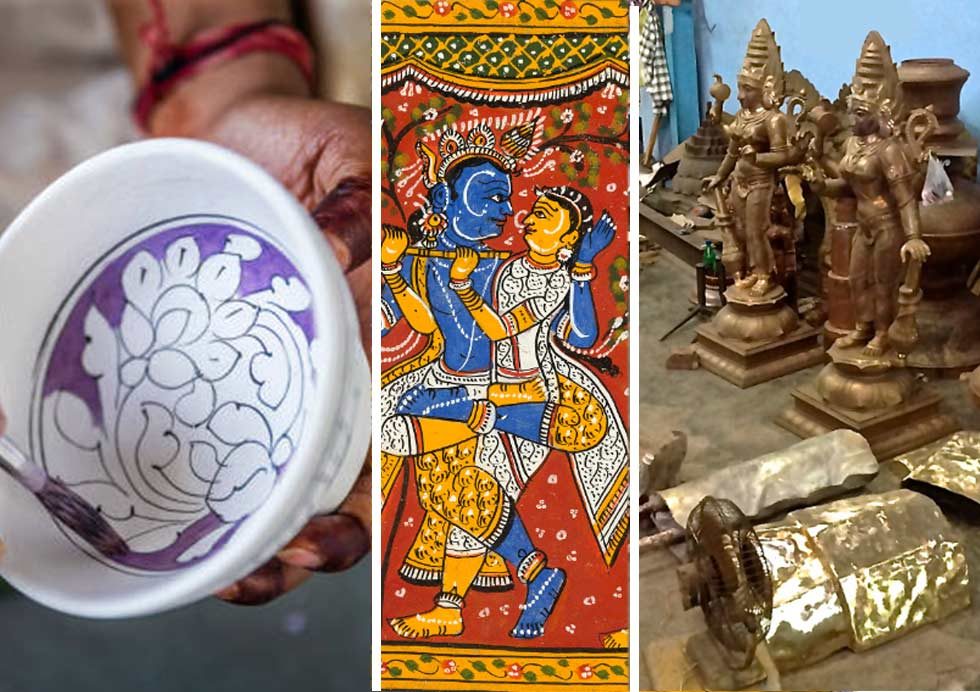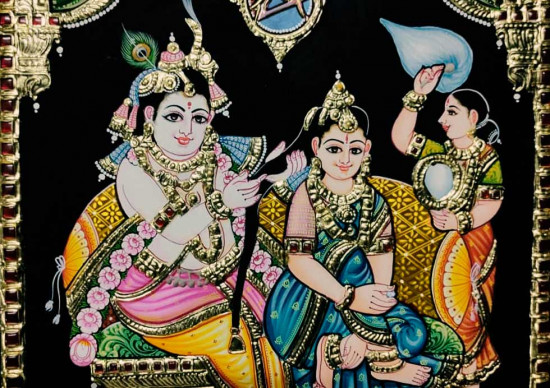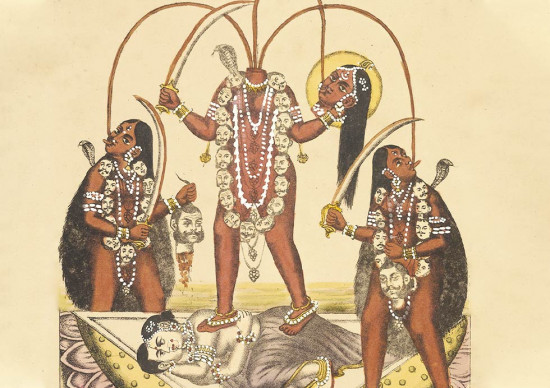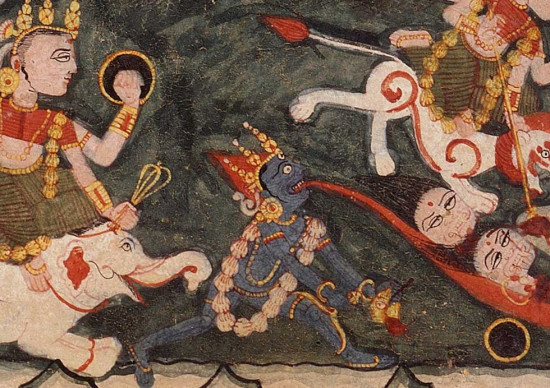
Art reflects the society in which we exist. It evolves and is influenced by societal and technological changes in our environment. Modernism, cubism, and abstract expressionism were art trends that reshaped the art world, and with the advent of technology, contemporary art took on a new form. Traditional art techniques, on the other hand, continue to play an essential role in the modern art world. This essay will look at the role of traditional techniques in modern art and how contemporary artists combine traditional and modern techniques to create a beautiful and unique blend.

The Importance of Traditional Art Techniques

Traditional art methods have been passed down through generations and have been instrumental in shaping the art world. Painting, drawing, sculpture, printmaking, and other methods fall into this category. They serve as a foundation for artists to build on, as well as contribute to a shared grasp of what constitutes art. Traditional techniques are also important in the preservation of cultural heritage and identity because they are frequently used to produce art that reflects a specific culture or custom.
The Birth of Modern Art

Modern art emerged in response to societal and technological developments in the late nineteenth and early twentieth centuries. Artists began to reject earlier styles and explore new forms and techniques. This rejection of conventional methods gave rise to fresh groups like cubism, futurism, and surrealism. These movements were distinguished by their nontraditional materials and processes to challenge preconceived notions of art, such as collages and found items.
How To Preserve Ancient Art?

Preserving ancient art forms can take many forms. It can involve documenting and recording these practices, so they are not lost to history. It can also involve supporting the individuals and communities who practice these art forms. Providing them with the resources and funding they need to continue their traditions.
Instead of adopting the most recent trend, which may become obsolete when a new one emerges, don’t neglect your traditions in the name of modernity. support for these old artistic traditions. Additionally, teach your younger generations about the importance of these practices and encourage them to learn and participate in them.
Preserving ancient art forms is not just the responsibility of the communities that practice these art forms. It is a responsibility that we all share. We must recognize the importance of these traditions and work together to ensure they are passed down to future generations. By doing so, we can ensure that our cultural heritage remains intact and that we continue to learn from the past as we shape the future.
Instead of adopting the most recent trend, which may become obsolete when a new one emerges, don’t neglect your traditions in the name of modernity. support for these old artistic traditions. Additionally, teach your younger generations about the importance of these practices and encourage them to learn and participate in them.
Preserving ancient art forms is not just the responsibility of the communities that practice these art forms. It is a responsibility that we all share. We must recognize the importance of these traditions and work together to ensure they are passed down to future generations. By doing so, we can ensure that our cultural heritage remains intact and that we continue to learn from the past as we shape the future.
The Combination of Traditional Techniques and Modern Art

Contemporary artists have recently started to combine traditional techniques with modern technology to create a beautiful and unique blend. This fusion of methods has produced a new art form that is both traditional and modern. The use of digital technology in printmaking is one illustration of this. Digital methods allow artists to produce prints that are more precise and intricate than traditional prints. This fusion of traditional and modern techniques has resulted in a printmaking renaissance, with many current artists employing this medium to create stunning works of art.
Traditional Techniques' Future in Modern Art

Traditional techniques will continue to be essential in contemporary art. Traditional methods will provide a foundation for artists’ work as they continue to experiment with new materials and techniques. The fusion of traditional techniques with contemporary technology, on the other hand, will continue to evolve, resulting in new and exciting forms of art. Traditional techniques will be used to safeguard cultural heritage and identity as society becomes more globalized.
Conclusion
The combination of traditional methods and modern technology has produced a beautiful and one-of-a-kind blend of contemporary art. Traditional methods will provide a foundation for artists’ work as they continue to experiment with new materials and techniques. Traditional methods in contemporary art have a bright future and will continue to play an important role in shaping the art world. The combination of traditional techniques and modern technology will continue to develop, producing new and exciting forms of art.









